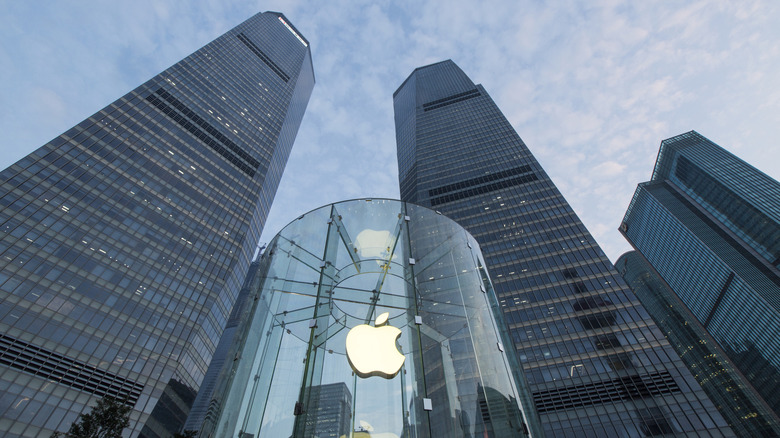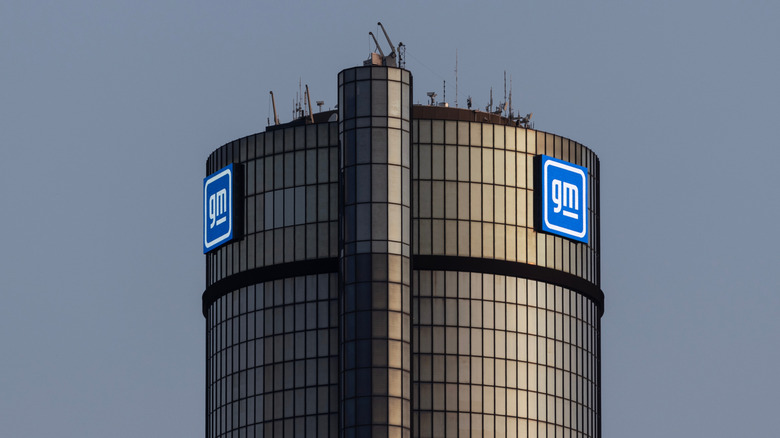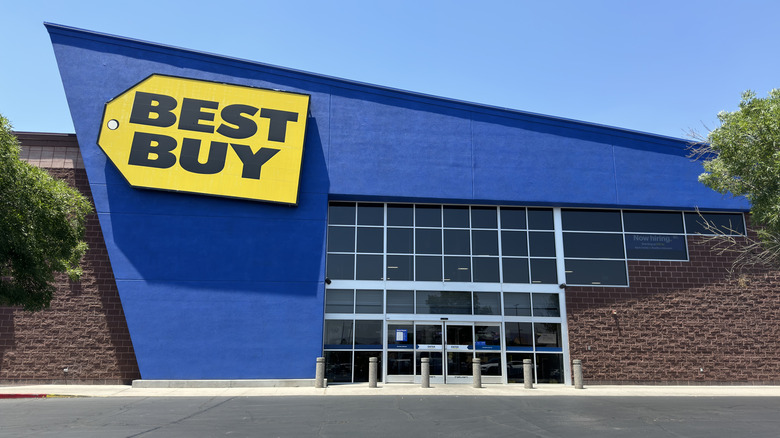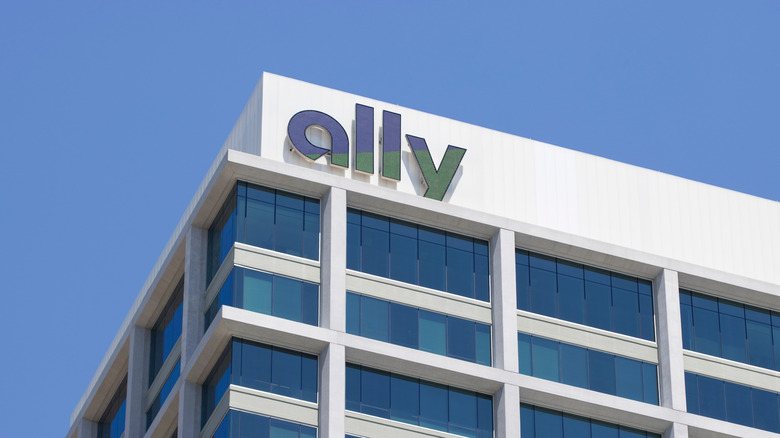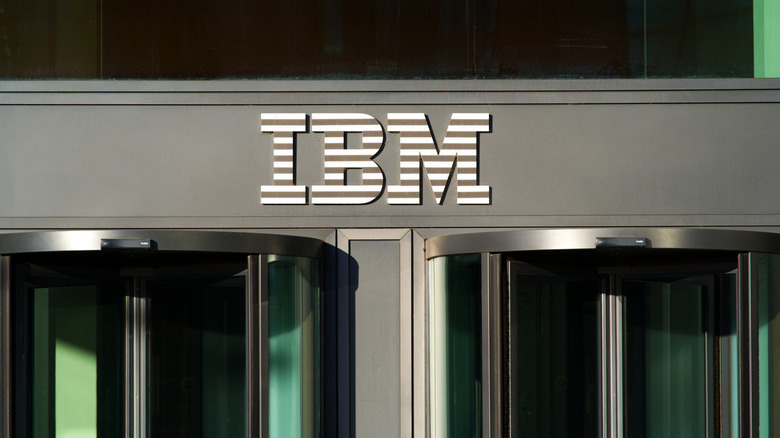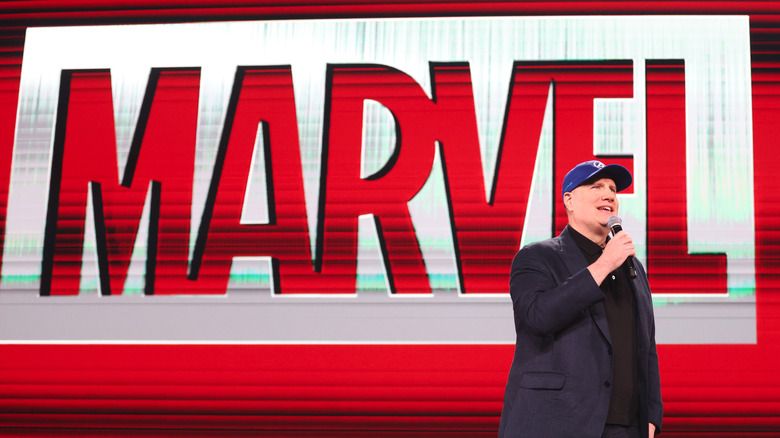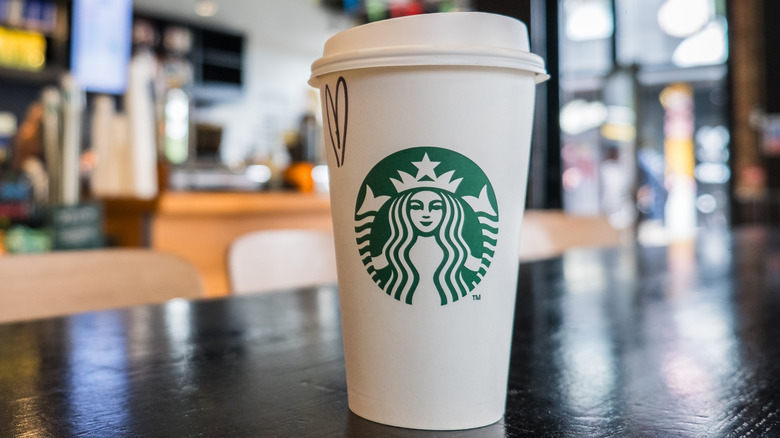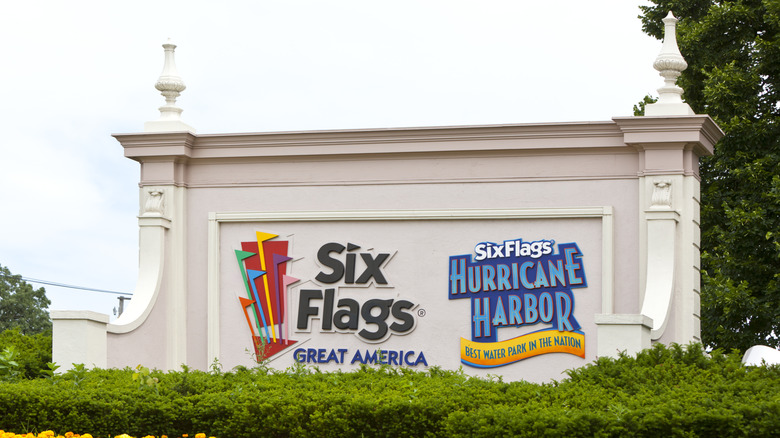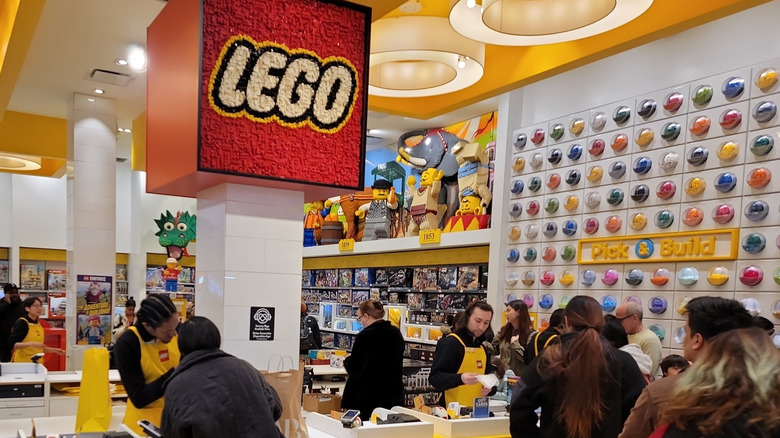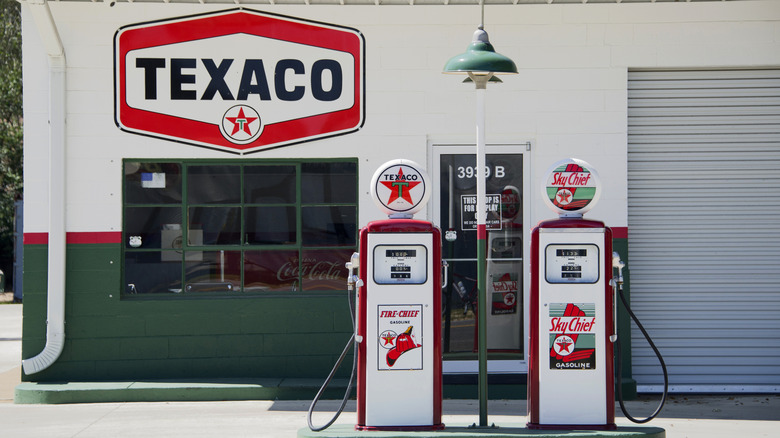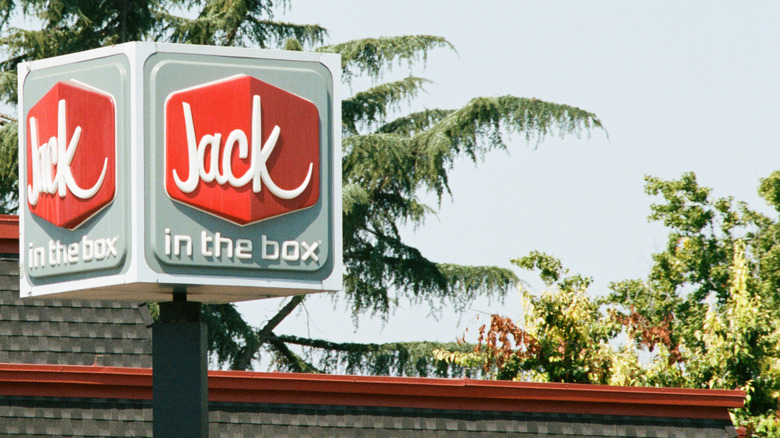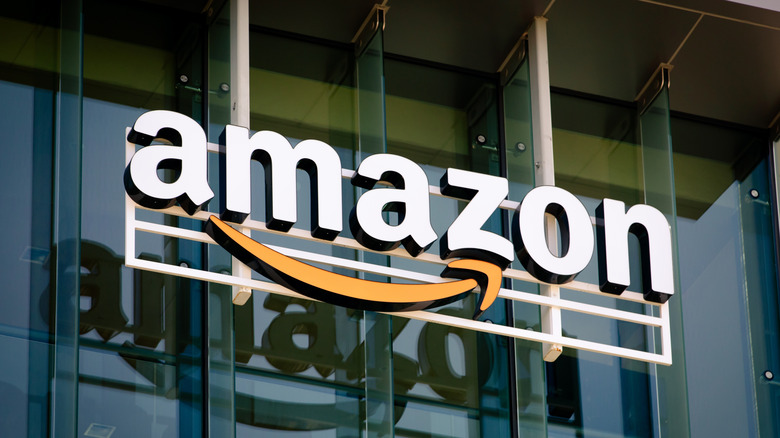Companies That Came Roaring Back From Bankruptcy
As with individuals, poor financial management or economic pressures can make it necessary for companies to take a time out to restructure their finances. Unfortunately, sometimes that means learning a hard lesson about the impacts of declaring bankruptcy and the challenges of recovering financially from that. According to United States Courts filings over a year-long period ending on June 30, 2024, the number of bankruptcy filings for individuals and companies in 2024 rose by 40.3% to 22,060, an uptick of 6,336 business bankruptcies in comparison to 2023. As per bankruptcy data collected by Epiq AACER via Epiq, almost half that number of bankruptcies were commercial Chapter 11 filings occurring in the first six months of 2024 — representing a total of 3,016 filings — while small businesses accounted for 1,176 Chapter 11 filings. That said, there are several forms of bankruptcy available to businesses in the U.S.
Recently, a major budget airline officially filed for bankruptcy, while a major furniture chain is closing 328 stores, so it doesn't look like the last half of 2024 will be any better for U.S. businesses. However, it's not all bad news. History has shown some companies that have filed for bankruptcy or come close have done more than recover. They've gone on to massive success. Here are a few of them.
Apple
When most people think about purchasing new technology, they're most likely thinking about the best ways to save money on Apple products, since so much of that market is owned by that company. As of this year, Apple became the first trillion dollar brand in the world ahead of Google in second place, and Microsoft. As of November 2024, Apple controlled 57.18% of the U.S. smartphone market. It wasn't always this way for the tech giant, however.
Back in the 1990s, Apple was struggling to survive and nearing bankruptcy because of mounting competition from IBM and Microsoft, poorly selling products, and its refusal to license Macintosh software to other companies. Between 1992 and 1997, the company shed 80% of its market value. Steve Jobs, who had been fired by the CEO and board of Macintosh in 1985, was rehired as the new CEO in 1997. He introduced new software, products like the iPod, and applications like iTunes and the App store to the company's portfolio. Although not greeted with joy by Mac fiends and software developers, a $150 million dollar investment by competitor Microsoft in the same year also helped Apple stay afloat. By the early 2000s, the company was back on even footing, and by the time the iPhone made it to market in 2007, Apple was soaring to new heights.
General Motors
Businesses caught in the throes of the 2008 financial crisis quickly learned the value of financial health and a good line of credit. General Motors (GM) was pummeled by the steep decline in auto sales that year, leading to $30.9 billion in negative earnings by the end of 2008. This led the CEO of GM at the time, Rick Wagoner, to approach the Federal government for a bail out for the beleaguered auto company. Long story short, GM was eventually allowed to restructure its business under Chapter 11, which allows a company time to reorganize its business and create a plan to repay debtors while it remains in operation. Under the Troubled Asset Relief Program (TARP), a bailout that began under outgoing President Bush, ended under the incoming Obama administration with close to $50 billion in loans and share purchases.
The second presidency of Donald Trump includes talk of tariffs and policy changes that have government and corporate interest wary. For instance, the Fed is currently bracing for Trump's new policies, and automakers like GM that are heavily invested in electric vehicles are expressing concern over the potential removal of a $7,500 federal tax credit on EV purchaes. While GM has come back from the brink before, it's too soon to know the effect this will have on the company's fortunes going forward.
Best Buy
Retail Armaggeddon came knocking on Best Buy's doors in 2012. However, much like the reasons for Blockbuster videos demise, it's actually inaccurate to blame it all on one thing. By 2012, Best Buy was competing with Amazon for customers, and losing. This snowballed into poor employee morale, and even worse, declining sales and profits. By the second quarter of that year, Best Buy had lost 91% of its profits, going from a company reporting $128 million in profits the previous year, to $12 million by August 4, 2012. The company's founder and chairman at the time, Richard Schulze, failed to organize a buyout of the company, and resigned in the same year after an internal investigation found that he had known about an inappropriate relationship between a former CEO and a female subordinate in 2011.
The incoming CEO, Hubert Joly, is credited for helping walk Best Buy back from the brink. His three pronged approach included restoring employee morale with employee discounts, training, and updated software, restoring consumer interest and confidence by launching a price matching guarantee with competitors, and building connections with customers by offering in-office and in-home tech support from Geek Squad advisors. For the third quarter of 2024, Best Buy reported a profit of $273 million from $9.45 billion in revenue. However, 12 years later, Best Buy may be on the brink of bankruptcy again.
GMAC, now Ally Financial
After reading about the financial woes of General Motors, it should come as no shock that a financial institution attached to automobile financing would also be in danger during the 2008 financial crisis. More than an example of what happens when the stock market crashes, the story of auto financing company General Motors Acceptance Corporation — now Ally Financial — is also an example of what can happen when a financial institution fails. Automotive companies suffering from a nosedive in sales initially relied on private financing provided by companies like GMAC, however, GMAC had its own problems due to heavy losses in the mortgage market. The ripple effect of the crash was symbiotic for GM and GMAC since most auto purchases usually require some level of financing, which the financier wasn't in a position to provide.
As an indication of how closely aligned GMAC was with the auto industry, the Federal government bailed the company out under the Troubled Asset Relief Program (TARP) instead of the Emergency Economic Stabilization Act (EESA) meant for banks and other financial institutions. The $17.2 billion provided by TARP and The Fed kept the bank alive, and in 2010, GMAC rebranded itself Ally Financial. After becoming a publicly traded company in 2014 with an IPO share price of $25, as of November 26, 2024, Ally Financial trades at $39.42 with a market cap of $11.67 billion.
IBM
International Business Machines, aka IBM, has been around just over 113 years as of June 2024. By the 1950s and '60s, IBM was building 60% to 70% of business computers. Its first mover market position in the world of personal computing couldn't stave off competition from other PC manufacturers nor the law of supply and demand. The addition of cheaper computer clones meant more competitive pricing that worked against the higher quality but more expensive IBM computers. By 1992, IBM's share of the market declined by 80%. Important relationships with disruptive partners like Microsoft — the developers for IBM's early PC system — were poorly managed, resulting in a missed opportunity to license Microsoft's new OS/2 system for IBM computers, even as Microsoft Windows became the standard for other manufacturers. IBM would burn through $125 million per year on its own developers trying to play catch up. By the end of 1992, the company had bled out $8.2 billion.
In 1993, new CEO Louis V. Gerstner changed IBM's workplace culture, removed inefficiencies — including tens of thousands of employees — and discontinued the OS/2 system. By 1994, the company was posting a profit of $392 million in the first quarter. By 2004, IBM sold its PC business to Lenovo for $1.75 billion in stock, debt, and cash. IBM has survived to become a major player in technology, with an investment in the company today widely considered to be one of the best ways to invest in AI.
Marvel Entertainment
Marvel Entertainment is known for making high-grossing blockbuster films like "Avengers: Endgame," which has made over $2.7 billion since its 2019 release, and for making films that have provided actors with some of their biggest paydays. Back in the 1990s however, Marvel was struggling. In December 1996, the company filed for Chapter 11 bankruptcy protection in a bid to restructure the business, which was suffering from a declining interest in comics and trading cards. That restructuring included a $365 million lifeline from investment firm The Andrews Group, which would allow it to purchase toy maker Toy Biz Incorporated as a way to diversify its streams of income. This came after the company had laid off a third of its employees. Marvel Entertainment also wanted to pivot into films and television, theme restaurants, and interactive gaming software. The Chapter 11 came with the conditions that the company would pay all its bills on time, and offered it the ability to do so without diluting shareholders — which was a bone of contention between investors and bondholders.
In 2009, The Walt Disney Company acquired Marvel Entertainment for a transaction value of $4 billion. The deal gave Disney full ownership over Marvel entertainment and 5,000 characters created by the company. According to Marca.com, Marvel Entertainment is currently valued at an estimated $54 billion.
Starbucks
Another industry hit hard during the 2008 financial crisis were cafes and restaurants. In 2008, the Dow Jones U.S. Restaurants and & Bars Index — an index of a dozen chains reflecting the financial health of the industry — fell by around 13%, with the worst of it felt by small casual chains. Starbucks high-end, high-price coffee offerings didn't help matters during an economic downturn where consumers were looking for ways to save money. A major closure of 900 cafes from 2008 to 2009 led to the loss of 6,700 jobs but was a necessity for the company's survival.
With competition from large franchises like McDonalds — which had begun selling espresso in coffee bars — Starbucks CEO Howard D. Schultz realized that the crisis was merely exposing weaknesses that already existed in the company. Schultz saw the need to replace the emotional connection with customers, and in March 2008 Starbucks initiated an exchange of ideas called "My Starbucks Idea." This social media driven campaign asked customers what they wanted from the company, and generated over 93,000 thoughts shared by around 1.3 million users about everything from products to store layouts. The company leaned into mobile apps that allowed customers to curate their own specialty coffee through the "MyStarbucksSignature" campaign. By leveraging technology and customer input, the company lived through its worst period, and came out the other side with a loyal following.
Six Flags
It wasn't all fun and games for theme park operator Six Flags, which emerged from the 2008 financial crisis $2.4 billion in debt after a roller coaster year. After repaying $287 million to creditors, the company entered Chapter 11 bankruptcy proceedings in an attempt to refinance the remaining $2.4 billion. Like the aforementioned Starbucks, the CEO at that time, Mark Shapiro, pointed to a decade of over-expansion — Six Flags operated 20 theme parks between the U.S., Mexico, and Canada at the time, and bought more parks in Europe — and an over-investment in state-of-the-art rides as a main reason for Six Flags poor financial health. Although the company had earned over $1 billion that year from March 2008, the interest on its debt payments still left the company $112 million in the hole.
The company emerged from bankruptcy in 2010 after handing ownership of Six Flags to hedge fund companies for a $725 million dollar capital bailout. While this still left about $1 billion worth of debt to manage, Six Flags seems to have weathered the storm. As per Six Flags, the company's third quarter in 2024 yielded net revenue of $1.35 billion and net income of $111 million.
LEGO
Lego as we know it goes back to 1947, when Danish toymaker, woodworker, and founder Ole Kirk Christiansen realized plastic could be used to make toy building blocks. A family business, both Christiansen's son and grandson would go on to lead the company, which grew into one of the world's top 10 toy makers. In a bid to keep up with new technologies in the 1990s, the management at LEGO diverted from traditional LEGO blocks and veered into territory unfamiliar to LEGO's fanbase. This ended up isolating the brand from its consumer base and it fell beyond in the market as a result. By 2003, the company found itself $800 million in debt and on the brink of bankruptcy.
A recurring theme in this list is the importance of insightful leaders. When new CEO Jørgen Vig Knudstorp took over leadership of the flailing toy company, he did away with half the company's products — specifically toys being produced and sold at a loss — and all of the Legoland parks, along with 1,000 employees. Taking a page out of the Starbucks recovery plan, Knudstorp directed his marketing team to conduct research with both children and their parents, with parents being asked to submit their own ideas about products. Like Marvel Entertainment, the company branched out into high-grossing movies based on its toy offerings. According to Box Office Mojo, the total worldwide gross from LEGO branded films from 2014 to 2019 total over $1 billion.
Texaco
In 1984, Getty Oil was in the process of seeking out a merger with another oil company. Pennzoil expressed interest, and after an initial offer of $100 a share from Pennzoil executive Hugh Liedtke grew to $110 a share, a tentative deal was struck. Unfortunately for Pennzoil, John K. McKinley, the Chair of Texaco, also wanted a controlling interest in Getty Oil. Thanks to some backroom dealings with a Goldman Sachs rep who tipped McKinley off about the offered price, Texaco was able to offer $125 a share, which Getty Oil agreed to.
Outmaneuvered by Texaco, Pennzoil sued Texaco for damages. This case played out in court for three years, resulting in a $10.5 billion settlement awarded to Pennzoil, to Texaco's dismay. Texaco attempted to smooth things over with a counter settlement of $2 billion, which Pennzoil refused. Texaco filed for Chapter 11 bankruptcy protection, and although the amount owed to Pennzoil was reduced by a Texas appeals court to $8.5 billion, with interest, that still amounted to $10.2 billion, with Texaco already paying roughly the equivalent of $2.5 million a day. Finally in 1988, after paying out a total of $3 billion to Pennzoil and $2.5 billion to other creditors, Texaco emerged from bankruptcy. In 2001, Texaco merged with Chevron and currently operates in 16 states, as well as locations around the world.
Jack in the Box
At one time, Jack in the Box was just one in a long list of beloved restaurant chains facing bankruptcy. When you're a restaurant chain, it's safe to say the most valuable asset you own is your food's reputation. Between November 15, 1992 to February 28 1993, Jack in the Box learned that the hard way when a multi-state E. coli O157:H7 virus found in its burger patties was determined by the Washington State Department of Health to be the cause of 500 confirmed cases. The outbreak proved to be deadly in some, resulting in four deaths spread between Washington, Idaho, California, and Nevada. In the end, the virus was traced to 73 different locations affecting 700 people and led to 171 hospital stays, including the aforementioned deaths. Even worse, before the outbreak, the parent company for Jack in the Box — Foodmaker Inc. — was advised by local health agencies and some of its employees that the meat wasn't being cooked to temperature. Foodmaker Inc. thought cooking the meat more would result in a less-juicy burger and made no changes.
The company went through nine quarters of losses totaling $167 million and paid $90 million in restitution to impacted customers. The company took austerity measures — pay cuts, no business travel or bonuses — and instituted an impeccable food safety system that helped win back the public trust. Today, Jack in the Box owns 2,200 locations across the U.S. and every year, serves around 500 million hungry customers.
Amazon
Led by another on-again, off-again richest man in the world, Jeff Bezos, Amazon is among the biggest names on this list. According to Macrotrends, the company's total 2023 earnings are $574 billion, earning over $158.8 billion in this last quarter ending September 30, 2024. As of November 2024, Amazon has a market capitalization of over $3 trillion. To put that in perspective, Canada's national debt is around $1.2 trillion, making Amazon's valuation higher than an entire thriving Western nation's debt by more than double. It hasn't always been this way.
The dot com bubble is an example of a stock market bubble, where the speculative investing of tech stocks drove valuations of companies like Amazon higher, and oftentimes without actual fundamentals — like profit — to validate those valuations. The smoke and mirrors of marketing and hype expanded a balloon full of hot air until the year 2000, when capital became harder to access and the bubble finally popped. In the two years that followed, Amazon shed 90% of its market value. Fortunately, just a few weeks before the crash, Amazon had raised $672 million on the European market, which helped the company ride out the dot com bust. Becoming a middle-man for other companies, two-day shipping, Amazon Prime, and web services would all follow, further enriching the company.

